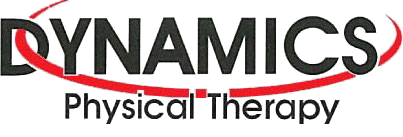Q: I just came back from the orthopedic surgeon's office where I got a shot of cortisone in my shoulder for an impingement problem. I forgot to ask what I can and can't do for activity and exercise. Now it's Friday after hours and I have the weekend ahead of me. What advice can you give me?
A: Each physician may offer different counsel to patients depending on the current problem, age, general health, and past medical history. Some surgeons may give you permission to do anything you feel up to. Others have a specific protocol they want you to follow.
As a general rule, patients advised receiving a steroid injection into a joint are cautioned against any heavy lifting or exercise. But after 10 days to two weeks, they are encouraged to start gentle range-of-motion exercises and to remain active as tolerated.
"As tolerated" usually means to do whatever you want to that doesn't increase your pain and feels comfortable. Additional strengthening exercises may be added four weeks after the injection. If you are having a series of up to three injections spaced a week apart, there may be a different protocol prescribed.
Since you just had the injection, there's nothing wrong with taking it easy over the weekend and contacting your physician on Monday. You will not invalidate the effects of the injection with this approach and could potentially protect the arm during the healing process.
Most of the time, steroid injections into the shoulder joint to control pain and inflammation have both an antiinflammatory as well as a numbing agent. This means that some of your symptoms will be masked so you don't want to overdo it just because you can't feel it.
We know that exercise is an effective tool used in regaining shoulder motion. The ideal exercise program has yet to be discovered. The program recommended here is based on evidence we have collected from a variety of studies. There is a need for further research in this area to identify the best type of exercise and timing for exercise following cortisone injections.
Reference: Ji Yeon Hong, MD, et al. Comparison of High- and Low-Dose Corticosteroid in Subacromial Injection for Periarticular Shoulder Disorder: A Randomized, Triple-Blind, Placebo-Controlled Trial. In Archives of Physical Medicine and Rehabilitation. December 2011. Vol. 92. No. 12. Pp. 1951-1960.


